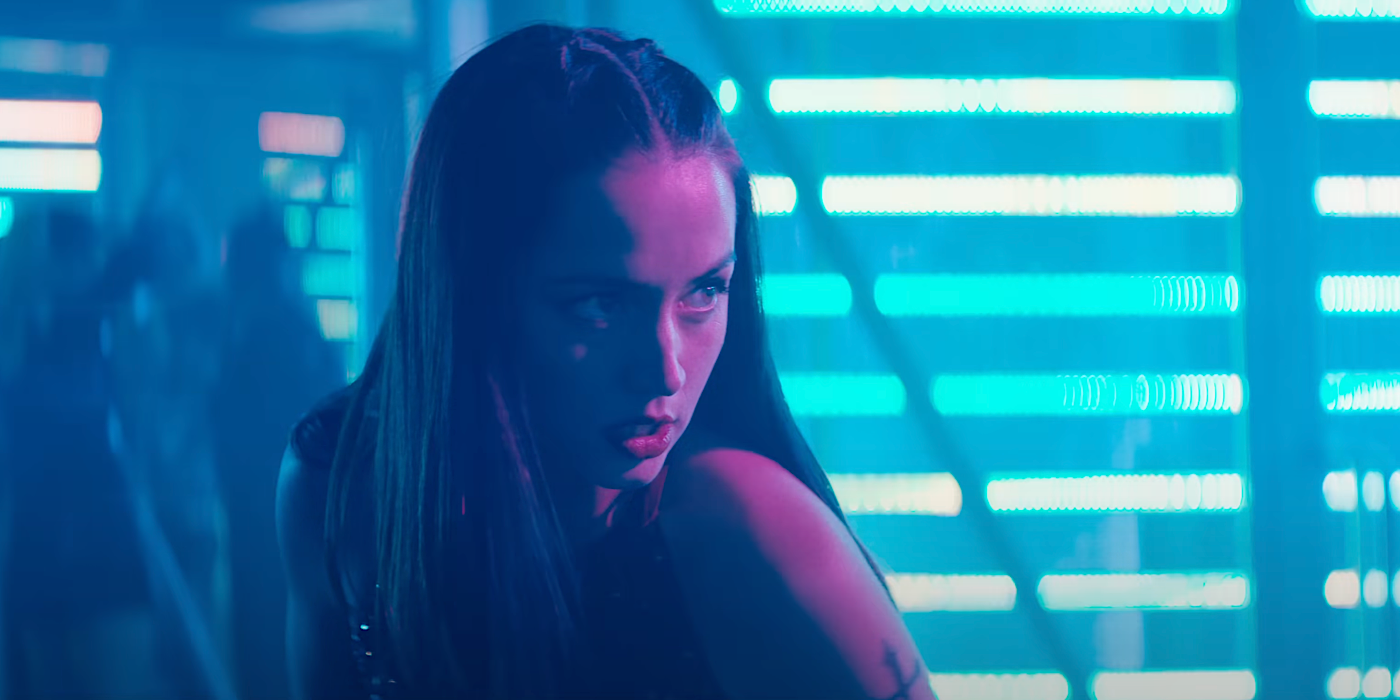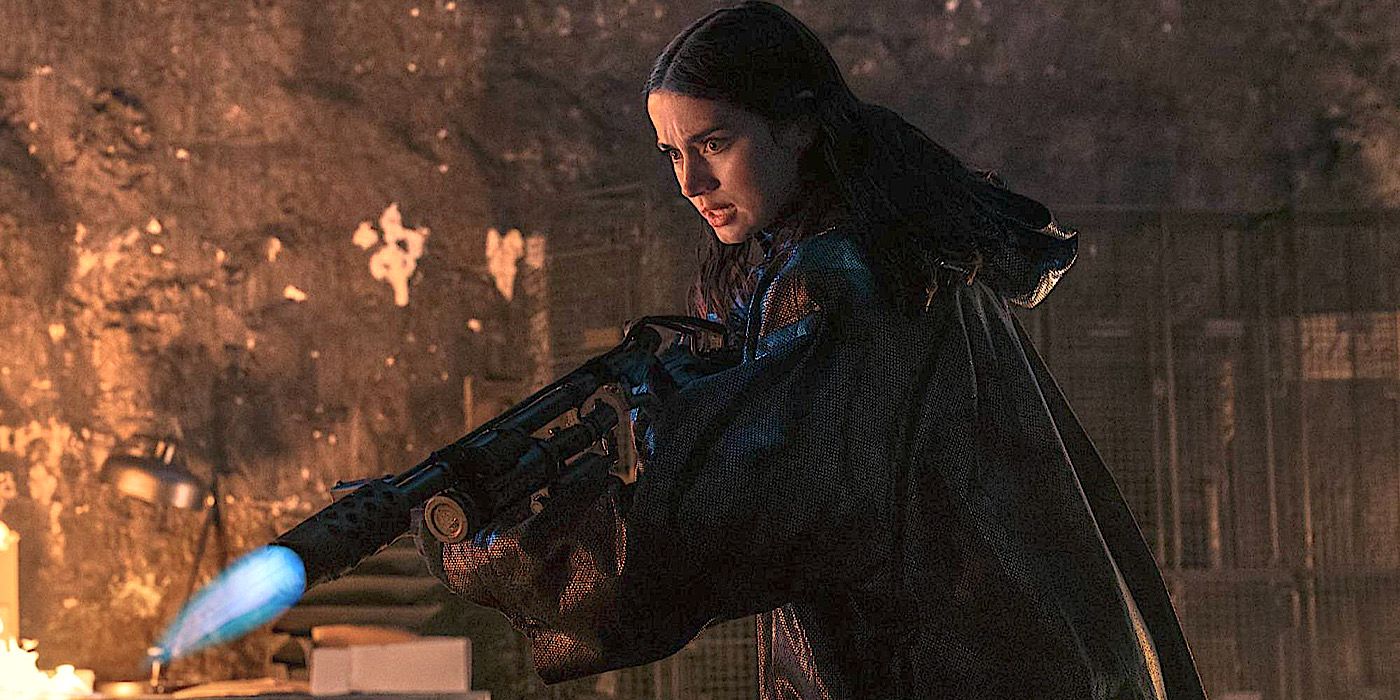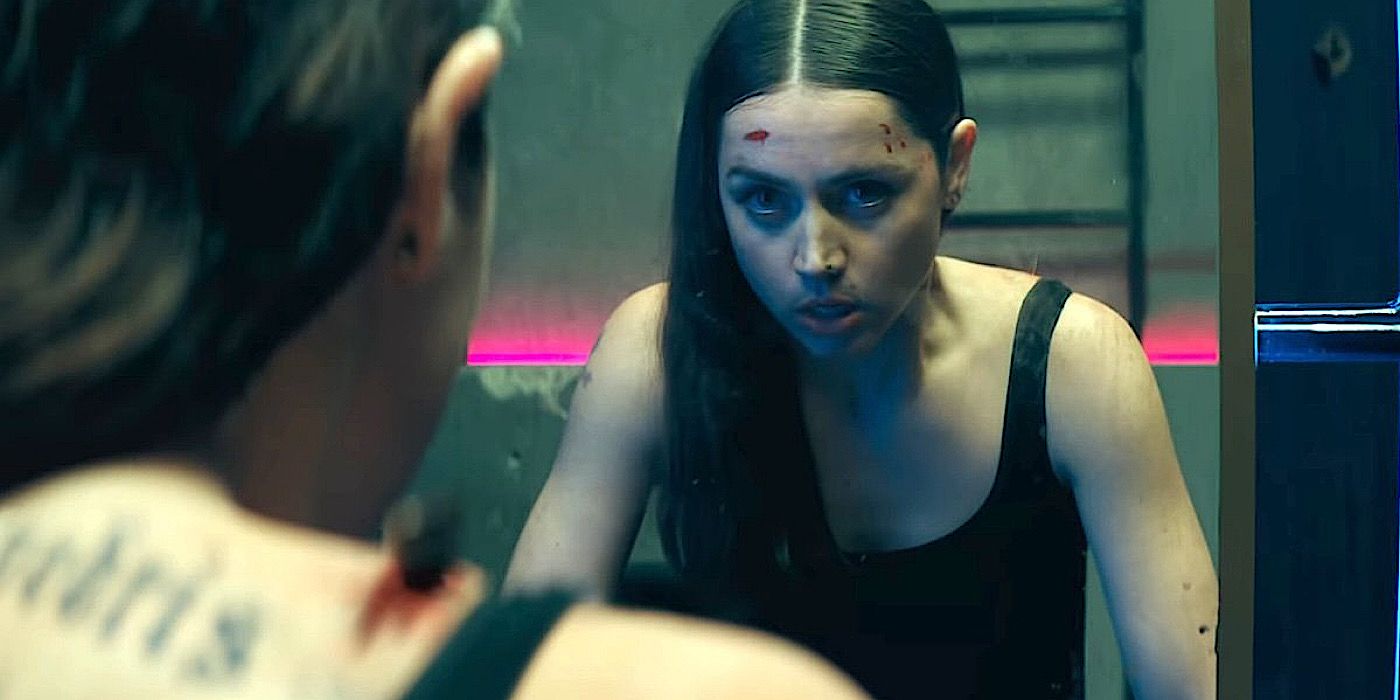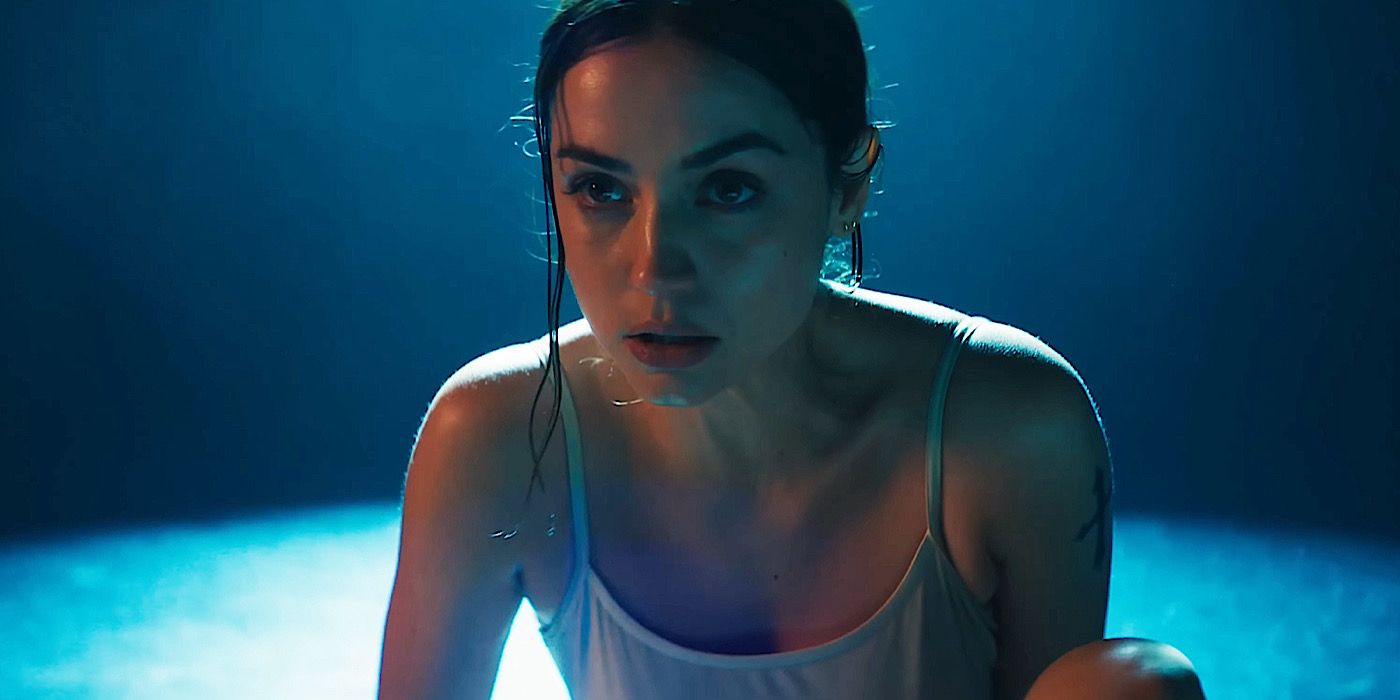
The success of action-packed sequences relies heavily on their visibility. This fundamental concept has been consistently applied throughout the entire John Wick series, evident in the meticulous camera work during action scenes, along with the use of color, lighting, and acting talent. In the newest addition to the franchise, Ballerina, this dedication to immersing viewers in every punch, kick, and gunshot remains unchanged. However, for this particular film, the filmmakers decided to implement a fresh requirement: the movie needed to have a distinctive visual style.
The Visual Style of ‘Ballerina’



Jill Bogdanowicz, a seasoned Colorist, is based at Company 3, and since the premiere of “John Wick: Chapter 2”, she’s been instrumental in shaping the visual style for the “John Wick” films. While she has worked on various projects across different genres, her work on “Ballerina” stood out uniquely among them all.
Each film has its unique character, and my role can vary throughout the production process. Sometimes, I contribute significantly from the beginning stages, setting the visual tone for the daily footage, constructing lookup tables, and staying involved until the end. In other instances, I’m brought in later to refine the movie’s aesthetic or atmosphere to better serve the narrative. For example, with Ballerina, I joined the team a bit later to help establish its distinctive feel. I have worked on John Wick 2, 3, and 4 as well, but my contributions may not always begin at the very start of production.
She went on to say, “[The objective was] to maintain its connection with the same universe while introducing a slight change in perspective. Since it’s essentially a spin-off from this world. In other words, preserving something bold, powerful, and iconic in terms of appearance, yet ensuring it aligns with the character, setting, and action… When it comes to action scenes, it’s essential they aren’t too dim,” she clarified, pointing out that rapid editing offers less time for viewers to grasp what’s taking place in the dimly-lit areas. “What we aim for is to let the audience experience the motion directly. So, all these factors influence my choices when designing a movie’s visual style.
Among Jill’s initial significant responsibilities was constructing the movie’s Lookup Table (often abbreviated as LUT). In simpler terms, this LUT is essentially a tool that helps adjust the color, contrast, and tones of the film. Jill referred to it as a table that maps input colors (RGB and grayscale) to output colors, playing a crucial role in the movie’s overall visual aesthetic.
Imagine a lookup table as an advanced Instagram filter, tailored to the unique camera, lenses, story, and shooting style of a cinematographer. Every project is different, and sometimes I collaborate with cinematographers to create these tables before they start filming so we can perfect the desired look. In such cases, this lookup table allows the cinematographer to preview the final look on set monitors during filming, enhancing communication between producers, directors, and other department heads about what the finished product will look like after color grading. However, in productions like ‘Ballerina,’ they might not use it on set, but we develop something based on all the footage shot and start from there.
Using DaVinci Resolve Plays on ‘Ballerina’
Jill’s contributions often go unnoticed in the completed project, even when her work significantly affects the overall appearance. It’s a bit of a conundrum, but employing color grading tools like DaVinci Resolve actually makes her work less noticeable by smoothing out seams, leading the audience’s gaze across the frame, and elevating the final product to align with the creative vision of the storytellers.
DaVinci Resolve is packed with various tools, which essentially mimic the traditional photography techniques like dodging and burning, or lightening and darkening specific image areas for emphasis and perfection. For instance, if you’re working on an action sequence shot by three to four cameras, it can be challenging on set to manage light spill by flagging off walls. This process could consume a lot of time. However, with DaVinci Resolve, I can swiftly handle such tasks using its tools. These tools help me finesse the cuts, making them more fluid, and also make adjustments for weather differences in the footage more seamless. So, if there were rapid changes in weather during shooting, I can use these tools to create a smoother final product.
This technique proves useful when it’s essential for the film to maintain a somber, intense, and theatrical ambiance, all while accentuating action sequences and actor expressions. Each frame requires careful management of various elements. In DaVinci Resolve, there are specialized tools that allow Jill and her team to precisely determine the aspects they wish to emphasize and those they prefer to downplay.
Power Windows enable you to create various forms, such as circles or squares, and even draw custom shapes. You can overlap these shapes to achieve intricate designs, essentially highlighting specific parts of an image. For instance, if you want eyes to stand out more than the background, you can make them brighter while making the background darker. This subtle manipulation greatly enhances the emotional impact in a scene.
What Sets ‘Ballerina’ Apart?
In the movie, Eve (Ana de Armas) needs to carve out a unique identity for herself as a character, which sets her apart from John. Her individual voyage shapes various aspects of stunt design, cinematography, and even color choices. Jill contributed significantly to uncovering the fresh elements within the familiar narrative.
In the realm of “John Wick”, there’s an abundance of contrast and depth. It’s a world shrouded in darkness, yet it reveals every detail within the shadows. The color palette is vibrant, and there’s no hesitation in employing it. For “Ballerina”, we aimed to preserve that stark contrast and intensity because the character and story are powerful. However, we decided to revisit conventional cinematography concepts, asking ourselves: if we were to alter a film stock or process, what unique twist could we introduce to infuse a hint of novelty?
She explained, “I constructed a lookup table that emulates cross-processed film appearance by mimicking the peculiar look that occurs when regular film is chemically processed for negatives. This allowed me to apply this effect and adjust its intensity within each shot according to our desired final outcome. The result was an enhancement of midtone contrast, without overexposing or ‘crushing’ blacks. Additionally, strong primary colors (red, green, blue) were shifted towards secondary colors (cyan, magenta, yellow), creating a unique color palette where the secondaries became more prominent in the frame rather than the primaries.
Ultimately, the colors used in the movie Ballerina play a significant role in setting it apart. They contribute to the film’s classification within its genre and the broader cinematic world, culminating in a meticulously planned color palette that Jill and her team meticulously orchestrated from beginning to end. From the John Wick Universe: Ballerina hits theaters on June 6.
This article is sponsored by Blackmagic Design.
Read More
- Who Is Harley Wallace? The Heartbreaking Truth Behind Bring Her Back’s Dedication
- 50 Ankle Break & Score Sound ID Codes for Basketball Zero
- Lost Sword Tier List & Reroll Guide [RELEASE]
- Basketball Zero Boombox & Music ID Codes – Roblox
- 50 Goal Sound ID Codes for Blue Lock Rivals
- Summer Games Done Quick 2025: How To Watch SGDQ And Schedule
- The best Easter eggs in Jurassic World Rebirth, including callbacks to Jurassic Park
- 100 Most-Watched TV Series of 2024-25 Across Streaming, Broadcast and Cable: ‘Squid Game’ Leads This Season’s Rankers
- You Won’t Believe Denzel Washington Starred in a Forgotten ‘Die Hard’ Sequel
- Ultimate AI Limit Beginner’s Guide [Best Stats, Gear, Weapons & More]
2025-06-05 23:03